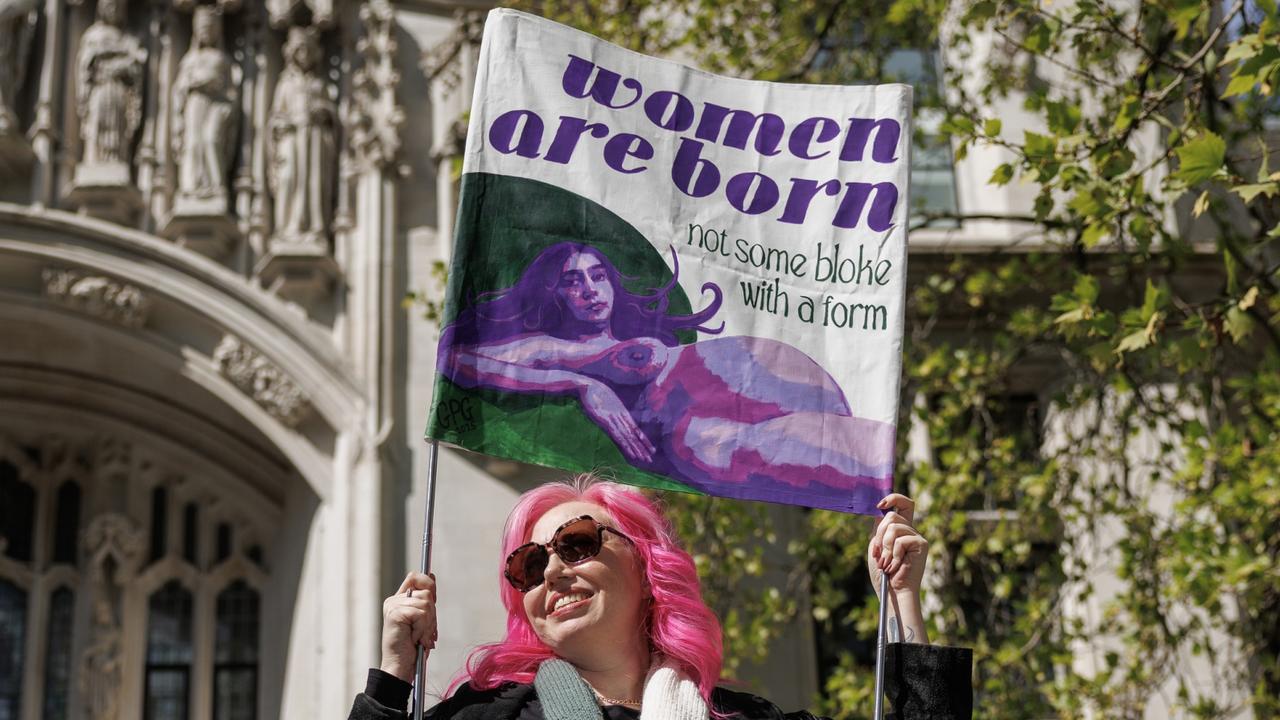Masculinity rewritten for androgynous world
Why is it that when the girls lagged the boys at school, we blamed the system, but now that the boys lag the girls we blame the boys?

So here’s a question. Why is it that when the girls lagged the boys at school, we blamed the system, but now that the boys lag the girls we blame the boys? Not everyone, and not all the time, of course, but according to British-American researcher Richard Reeves, often enough for it to be a problem.
Reeves splits his time between the Brookings Institution and the American Institute for Boys and Men, and has written extensively on inequality and social change and poverty. His best known book, Of Boys and Men: Why the Modern Male is Struggling, Why It Matters, and What to Do About It, was released in 2022.
His analysis of the growing gap between male and female achievement levels in US schools and colleges – and the extent to which we see the cause as individual or structural – is made in that book and more recently on a two-hour podcast with journalist Ezra Klein. It was recorded last year but reported this week as issues of masculinity are playing out – albeit in surprising ways – in the US election.
Democrat presidential hopeful Kamala Harris almost has managed to take her gender out of the discussion; while her running partner, Tim Walz, is challenging the hype-masculinity of Donald Trump with his version of a heterosexual male who treats women like people.
Klein says a “strange new gender politics” has emerged in this election that can be understood only by understanding the “specific challenges facing men and boys”. It’s the “passivity, the drift, the checking out” of many younger men and the extent it is caused by failures in their school years that preoccupies Reeves, the father of three boys.
He canvasses several issues in the podcast, from suicide rates to the flight of men from professions such as psychology, to how to understand the attraction of misogynistic social media commentators such as Andrew Tate and transgressives such as Trump.
His suggestions that society needs to find a new script for men and investigate whether, for example, the structure of the education system suits girls more than boys do not sit well with many women who have struggled against a sexist culture for years.
But Reeves argues that without action we will “leave a lot of boys and men not flourishing in this whole new androgynous world”. He says in the 1970s, when there was a big effort to improve access for women, “there wasn’t the presumption that the reason the women and girls were behind in education was because there was something wrong with them”.
Instead, the presumption was that the system, the society, the schools and the colleges were sexist. “One of the driving forces of the women’s movement was not to say what’s wrong with women,” Reeves argues. “It was to say what’s wrong with society, what’s wrong with these institutions.”
But as women outstrip men in education there is a tendency to say “what’s wrong with boys, what’s wrong with men, why are they so toxic? Why are they so lazy? And to not look for structural problems.”

Trying to make sense of the US data showing men are falling behind – in 1972 there was a 13-point gender gap in bachelor degrees in favour of men but now women are 15 points ahead – Reeves says there is a “linearity to the progress of girls and young women, and more of a zigzaggy look, and a bit more of a sense of retreat, perhaps, among many boys and young men”.
He says it turns out that men perhaps need more structure, “a little bit more sense of a script”. And it turns out women are more adventurous, more geographically mobile, more independent, ambitious and aspirational.
Maybe it’s temporary and we’re seeing a couple of generations where women are “like immigrants” who have had to fight their way in, and the gap will narrow again. Or maybe not.
“I’m not convinced, actually,” Reeves tells Klein. “I think that there might be something more structural going on here.”
Given the evidence boys just develop later than girls, should we send them to school a year later?
“It’s a very arbitrary system in a way, when we put them in,” Reeves says. “But given that there is this gap, and especially this gap in adolescence where girls seem to develop earlier, and in terms of non-cognitive skills they’re a year or two ahead of boys in adolescence, why not just start the boys a year later?”
In fact, that’s what a lot of affluent parents in the US do. In one private school in Washington, for example, Reeves found 30 per cent of boys were old for their year. “This is a very upper-middle-class thing to do but, ironically, it’s the boys who are the poorest who would benefit the most from an extra year, not the ones who are richest,” he says.
And that’s the other issue: the gender gap in education is also about class, with poorer whites and blacks doing worse while at the other end men do really well and educated women are achieving “massive wage gains” relative to the past. It means in recent decades there has been a “runaway economic inequality … towards the top”.
Says Reeves: “At the apex of society, what you’re seeing is that women are still struggling to turn these massively increased educational credentials into economic power at the same rate as men … I think that’s because there remain these structural barriers in some ways. I’m not suggesting for a moment that people at all levels can’t be struggling in all kinds of ways. But the deep problems here are just much lower down.
“And so this class fracture gets in the way of more honest debate about this because even the women who are doing so much better than their mothers were doing at the top of the distribution, they’re still looking around and seeing a society where there’s still a lot more to do on behalf of women and girls.
“Are we allowed to think both those thoughts at once?
“I’m afraid that up until this point, it’s been a choice, and that people have understandably, but wrongly, thought that focusing on the problems of boys and men, even those who are really disadvantaged, somehow distracts from or means less attention to the problems of women and girls, especially in these apex situations.
“That zero-sum framing is just poisoning the whole debate, as it is generally our politics. It’s not zero sum; we can think two thoughts at once.”
Another thought is how much all of the above contributes to the drift that Reeves identifies.
He says there has been a “deinstitutionalisation of male friendships” through loss of connection in “schools, colleges, workplaces, places of worship, boy scouts groups, et cetera”. He argues that as the institutions, including marriage, have atrophied, it has exposed the fact men were more reliant on those institutions for making and keeping friends than were women.
“I have this strong intuition that institutions matter more to men in terms of those relationships than they do to women,” he says.
“And men are actually in those institutions much less than they were before, including the institution of marriage and the institution of the family.”
Reeves argues that male identity, or masculinity, is more socially constructed than is female identity: “I think it’s just an anthropological fact that masculinity is a bit more fragile in the sense that it has to be more constructed … every society has worked on finding pro-social roles for men that attach them to communities and so on.” He’s a little uncomfortable with that finding but says it is a big part of the story of men and boys in our era.
“It’s also true that, at least right now, women have developed something more of what we might think of as a balanced portfolio in terms of their sources of meaning,” he says.
“They’ve expanded their sense of meaning to include careers and occupations, but without giving up the strong sources of meaning that they get from families and relationships, and so on, whereas men are still putting too much of their eggs in one basket … male identity is still too narrowly construed.
“My basic point is that … masculinity doesn’t invent itself. And so if we think it needs to be to some extent created, then we need to do some of the creating, and not leave that to the people who are online.”




To join the conversation, please log in. Don't have an account? Register
Join the conversation, you are commenting as Logout